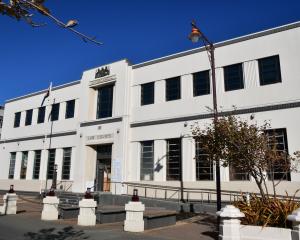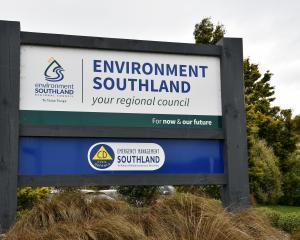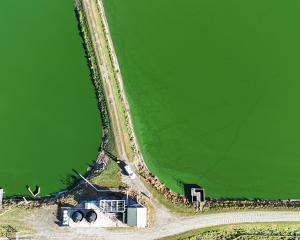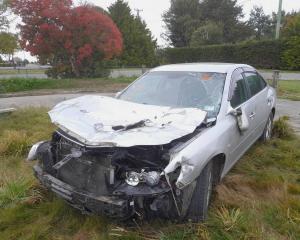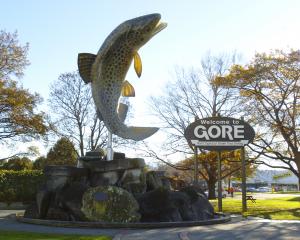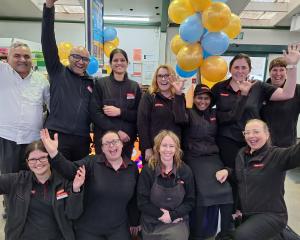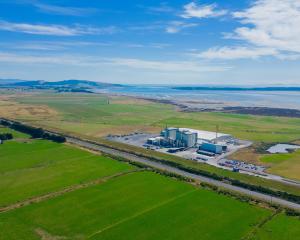
And he is probably right.
The city is set for a big transformation in the next few years, with major infrastructure projects and a goal of increasing its population.
But, as they say, great projects come with even greater risks and challenges - and mayoral candidates will need to be ready to face those.
The biggest makeover and key challenge for the council in the next years will be the CBD inner-city redevelopment. The project, driven by HWCP Management - a joint venture between H W Richardson group and Invercargill City Council - plans the demolition of almost an entire block to give space to a precinct including shops, a food court, offices, apartments, a medical centre, a multi-level car park and possibly a hotel.
HWCP Management Ltd plans to have its anchor tenant (Farmers) and 25% of the other retail outlets operating by November 2021.
But that is a long way off and council will need to focus on creating solutions to keep the CBD active while the demolition and work is under way.
The majority of businesses in the block have already moved to another location, but some remaining businesses are still negotiating with HWCP about relocation costs.
Traditional restaurants may close their doors because of the cost of setting up a commercial kitchen elsewhere.
The demolition is planned to start by the end of the year and the council should be able to provide support to all the businesses and companies affected.
Another point to be considered is the jobs required for construction, and consequently, where these workers will live.
The project hopes to create 500 jobs during the construction phase and a further 300 retail and hospitality jobs once the redevelopment is complete.
Will this be possible for a region that usually struggles to find qualified workers?
School leavers and migrants could be a solution to a workforce shortage, but the increasing waiting time for a visa and the bureaucracies with migration law can make everything harder.
Another point of concern is the housing shortage, for these workers as well as for people who already face difficulties finding a home.
Some leaders says the crisis is no different from any other city in the country, but the number of homeless people is growing, as is the price of houses.
Adding to this situation is Southland's goal of having 10,000 more people living in the area by 2025.
The council should drive incentives to support housing development across the city, but will this be enough?
Another important issue is the future of Southern Institute of Technology [SIT], one of the city's main assets.
New Zealand's 16 polytechnics are set to merge.
This may mean the polytechnic could lose autonomy, assets and the power to back sporting organisations.
A Bill proposes a transitional parent-subsidiary arrangement with the country's institutes of technology and polytechnics to be introduced for two years.
After this period, the individual subsidiary companies would be dissolved.
The new single institution's board could also dissolve a subsidiary board before the end of the transition period.
The council needs to fight for it at all levels.
The closure of the Southland Museum and Art Gallery is another hot topic after it was closed for safety reasons.
Residents have challenged council about it and the museum board has leased a building as a temporary museum and art gallery.
However, people want the famous pyramid, which was previously the museum's home, to be redeveloped and used permanently.
With major projects ahead, the Invercargill City Council will need to focus to make all the plans become reality.
In a world that changes quickly, the only strategy that is guaranteed to fail is not taking risks.
Will the city cope with all those bets?
The clock is ticking.

